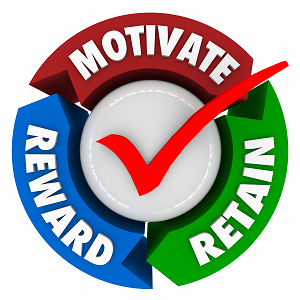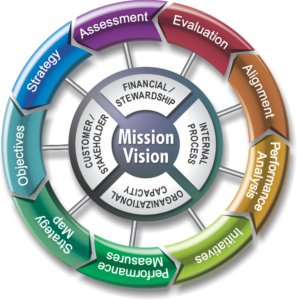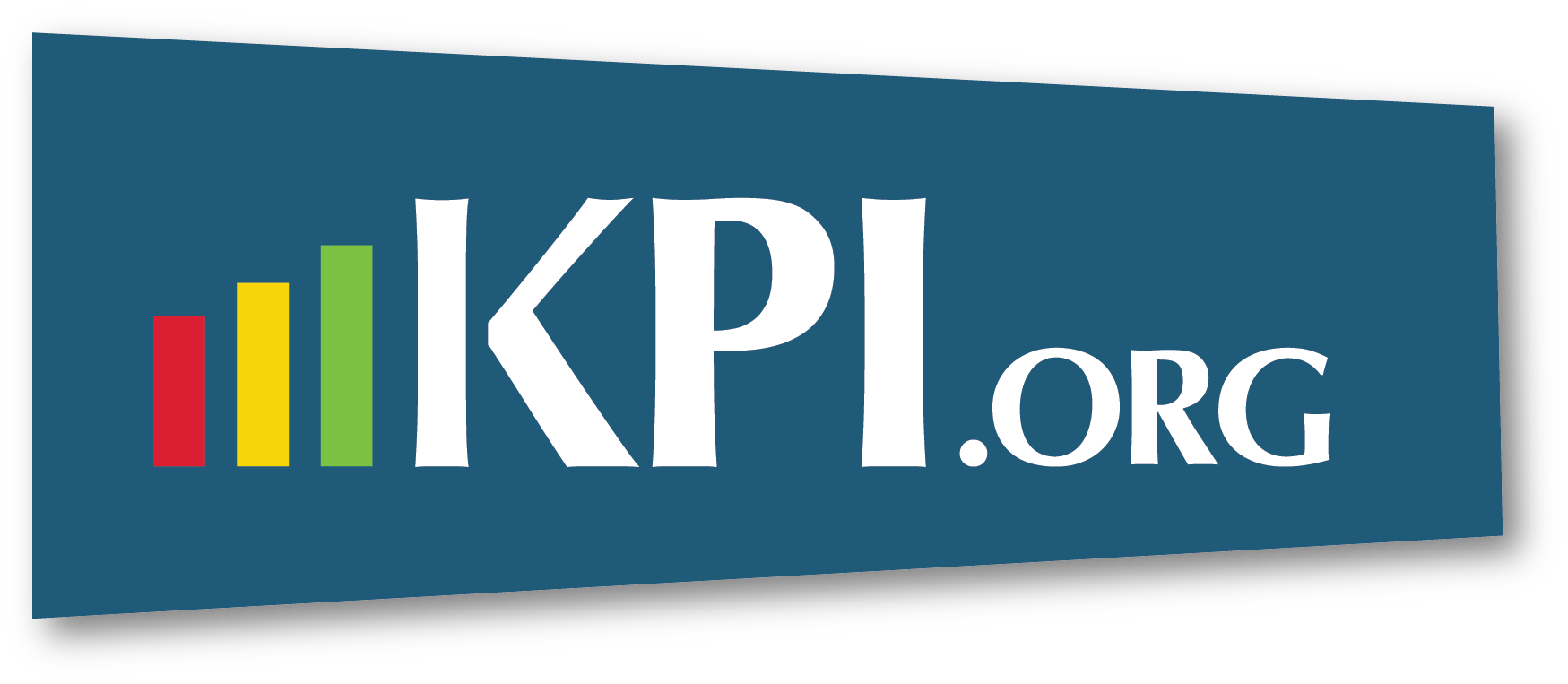
One of the key elements of effective leadership centers around relationships. It is about knowing how to get the optimum performance from the people you interact with and are responsible for, whether at work, in your community or at home. It is being able to gain their trust; being able to motivate them; and gaining their unwavering support regardless of the circumstances you find yourself in.
Trust…what is it and how is it achieved? Most everyone will agree trust is an essential foundation critical to any relationship, personal or professional. As a leader, building trust is about: 1) Doing what you say you will do; 2) Being transparent; 3) Showing support for your subordinates and team members, even when mistakes are made; 4) Being respectful of others’ opinions; 5) Being able to empathize with others while balancing the need for results and 6) Ensure your words match your actions. When people trust your leadership, they will respect and have confidence in your decisions.
Motivation is a complex topic and a lot of opinions and generalizations exist regarding what works, what doesn’t and why. A considerable amount of the classical theories, still taught today regarding motivation, were conceived in the early 1940’s through the late 1960’s. In today’s climate, the topic of motivation often shifts to discussions relating to generational differences.
Generally, there are five primary recognized generations that form our society today: Traditionalists or Silent Generation – persons born between 1925 & 1945; Baby Boomers – persons born between 1946 & 1964; Generation X – persons born between 1965 & 1976; Generation Y or Millennials – persons born between 1977 & 1995; and finally, Gen Z, iGen or Centennials – persons born after 1996.
 While each generation has its own unique identity, it would be erroneous to say that everyone classified as belonging to one of these generational categories has the same set of values and beliefs. While certain characteristics that seemingly apply to the majority of any particular grouping have been published, it is important to remember every person, regardless of what generation they belong to is first, and foremost, an individual; each having their own goals, values and beliefs. Therefore, what motivates one individual from a generational group may not motivate others within that generation.
While each generation has its own unique identity, it would be erroneous to say that everyone classified as belonging to one of these generational categories has the same set of values and beliefs. While certain characteristics that seemingly apply to the majority of any particular grouping have been published, it is important to remember every person, regardless of what generation they belong to is first, and foremost, an individual; each having their own goals, values and beliefs. Therefore, what motivates one individual from a generational group may not motivate others within that generation.
During the last two decades a large percentage of managers and leaders in several organizations most likely were Baby Boomers. Generally, the group-think of these individuals was to choose a career with a company and work until retirement age to collect a pension. Job security was an important aspect of this persona.
This is vastly different mindset from the general tone in today’s workforce composition, especially when it comes to motivating people to achieve high levels of performance and continuous improvement. Individuals do not seem to be as concerned about a career within a single organization. There is a tendency to believe most will put their own needs above the organizational needs. They are willing to switch jobs frequently if they believe it is to their benefit in achieving their career or personal aspirations. As such, the stereotype indicates loyalty is short-term and today’s employer might be tomorrow’s competitor.
Contradictory to the stereotypical profiling of the differences identified within each generation, it has been my observation over the years, the majority of individuals, regardless of generation, want to contribute to the success of their organization; they want to find meaning in their role; want their voice to be heard and their opinions to be considered.
 Regardless of how success is defined in your organization, it is critical to understand what works and what doesn’t when it comes to motivating your employees to give their absolute best day-in and day-out. Organizations that fail to grasp these basic concepts will find issues with attracting and retaining talent essential to the growth and health of the entity.
Regardless of how success is defined in your organization, it is critical to understand what works and what doesn’t when it comes to motivating your employees to give their absolute best day-in and day-out. Organizations that fail to grasp these basic concepts will find issues with attracting and retaining talent essential to the growth and health of the entity.
An important aspect of building relationships is the development of good communication skills, especially in the area of active listening. It involves truly hearing what the sender of the communication is saying, showing genuine interest when someone is speaking, and responding by engaging in dialogue and feedback. While virtually impossible for leaders in large organizations to know everyone; they should leverage every opportunity to expand their network of contacts. When meeting someone for the first time in the organization, make it personal and about the other person. Engage in dialogue and leave them with an impression that you really care.
Collaboration is one of the greatest ways to build relationships in an organization. The use of cross-functional teams working on different projects is just one way to accomplish this. This process allows participants to provide input and provides a feeling of self-worth and satisfaction when done correctly.
 The Nine Steps to SuccessTM Balanced Scorecard methodology expands on Kaplan & Norton’s foundations and provides a flexible strategy management framework that capitalizes on transparency, collaboration and relationship building. When implemented properly, a large cross-section of employees is provided with the opportunity to express their thoughts and contribute to the development of the organization’s strategy. With few exceptions, this process energizes participants and motivates them to perform at a higher level. This process assists in developing the basis for new relationships, cross-functional communication, and a collaborative work environment where each team member has an equal voice and every opinion is counted as important. Participants feel they are valued, and this helps to form the basis for effecting positive organizational change and building trust throughout the organization.
The Nine Steps to SuccessTM Balanced Scorecard methodology expands on Kaplan & Norton’s foundations and provides a flexible strategy management framework that capitalizes on transparency, collaboration and relationship building. When implemented properly, a large cross-section of employees is provided with the opportunity to express their thoughts and contribute to the development of the organization’s strategy. With few exceptions, this process energizes participants and motivates them to perform at a higher level. This process assists in developing the basis for new relationships, cross-functional communication, and a collaborative work environment where each team member has an equal voice and every opinion is counted as important. Participants feel they are valued, and this helps to form the basis for effecting positive organizational change and building trust throughout the organization.
In the final analysis, the significance of a culture emphasizing relationships, trust, teamwork and collaboration is critical for dealing with the generational makeup of today’s organizations. It is equally important to realize there are multiple approaches for multiple reasons when dealing with the human element of an organization; no one solution will work all of the time. Managers and leaders who consistently achieve success, are generally equipped with a multitude of tools and techniques to make them effective. The Balanced Scorecard framework is one of these tools capable of moving your organization forward in meeting the challenges of tomorrow.
Sources:
Strategy Management Group, The Institute Way: Simplify Strategic Planning and Management with the Balanced Scorecard, Howard Rohm, David Wilsey, Gail Stout Perry, Dan Montgomery, 2013.
The Center for Generational Kinetics, Generational Breakdown: Info About All of the Generations, 2019. Retrieved from: https://genhq.com/faq-info-about-generations/
Society for Human Resource Management, What Motivates your Workers? It Depends on Their Generation, Kathy Gurchiek, 2016. Retrieved from: https://www.shrm.org/resourcesandtools/hr-topics/behavioral-competencies/global-and-cultural-effectiveness/pages/what-motivates-your-workers-it-depends-on-their-generation.aspx
Four Hooks, The Generation Guide, Millennials, Gen X, Y, Z and Baby Boomers, 2015. Retrieved from: http://fourhooks.com/marketing/the-generation-guide-millennials-gen-x-y-z-and-baby-boomers-art5910718593/
Leader Communicator Blog, Trust in the Workplace: 6 Steps to Building Trust with Employees, David Grossman, 2019. Retrieved from: https://www.yourthoughtpartner.com/blog/bid/59619/leaders-follow-these-6-steps-to-build-trust-with-employees-improve-how-you-re-perceived
Terry is Balanced Scorecard Institute's Director of Training and Senior Associate with over 30 years of experience working in both the private and public sectors.







